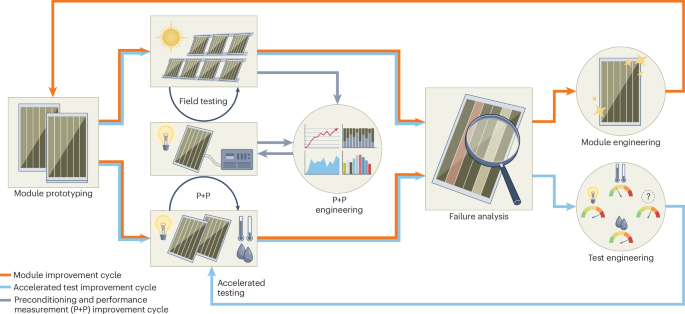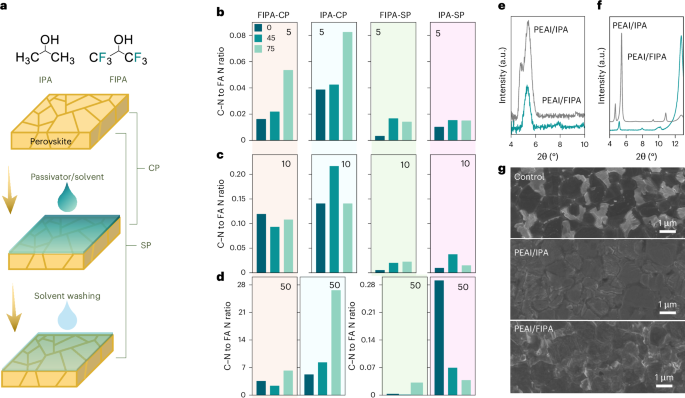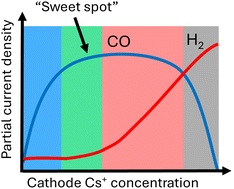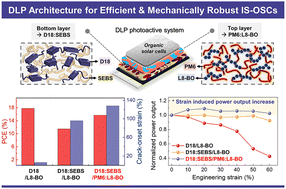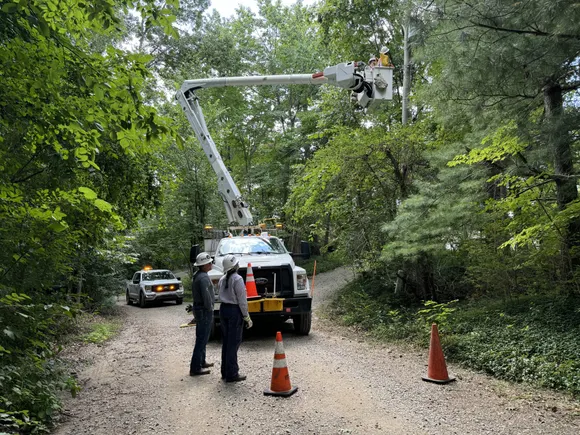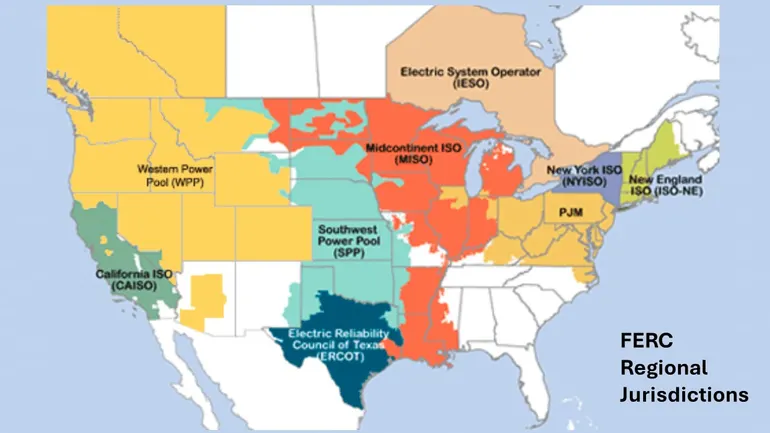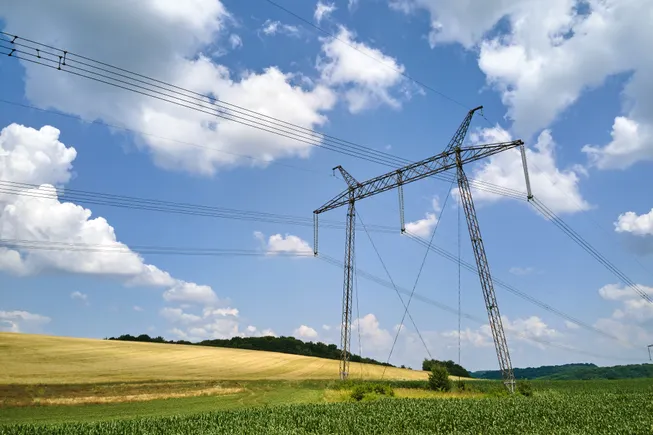Manganese‐Based Layered Oxide Cathodes for Potassium‐Ion Batteries: Progress and Outlook
Advanced Energy Materials, EarlyView.

Manganese-based layered oxide cathodes (MLOCs) have emerged as promising candidates for potassium-ion batteries (PIBs), although their development remains in its early stages. This review offers a comprehensive overview of MLOCs, focusing on their crystal structures, reaction mechanisms, technical challenges, and strategies for performance enhancement, with particular emphasis on the practical realization of high-performance PIBs for large-scale energy storage applications.
Abstract
Manganese-based layered oxide cathodes (MLOCs) have emerged as competitive candidates for high-performance rechargeable batteries. Building on their success in lithium-ion batteries (LIBs), MLOCs hold great promise for the rapidly developing field of potassium-ion batteries (PIBs) due to their low cost, high theoretical capacity, and environmental friendliness. However, several technical challenges, including poor structural stability, multiple phase transitions, and potassium deficiency, have hindered their progress in PIB research. This review provides a comprehensive overview of MLOCs, covering their crystal structures, reaction mechanisms, chemical compositions, and applications in PIBs. More importantly, the study critically analyzes the key challenges impeding their development and discusses potential strategies for overcoming these limitations. Recent advances in MLOC-based potassium-ion full cells are also summarized, highlighting their progress and future potential. Finally, the study offers perspectives on the future development of MLOCs in next-generation energy storage technologies. It is hoped that this review will spark strong interest from both academic and industrial communities, driving further research and accelerating the practical application of MLOCs in high-performance PIBs.


























































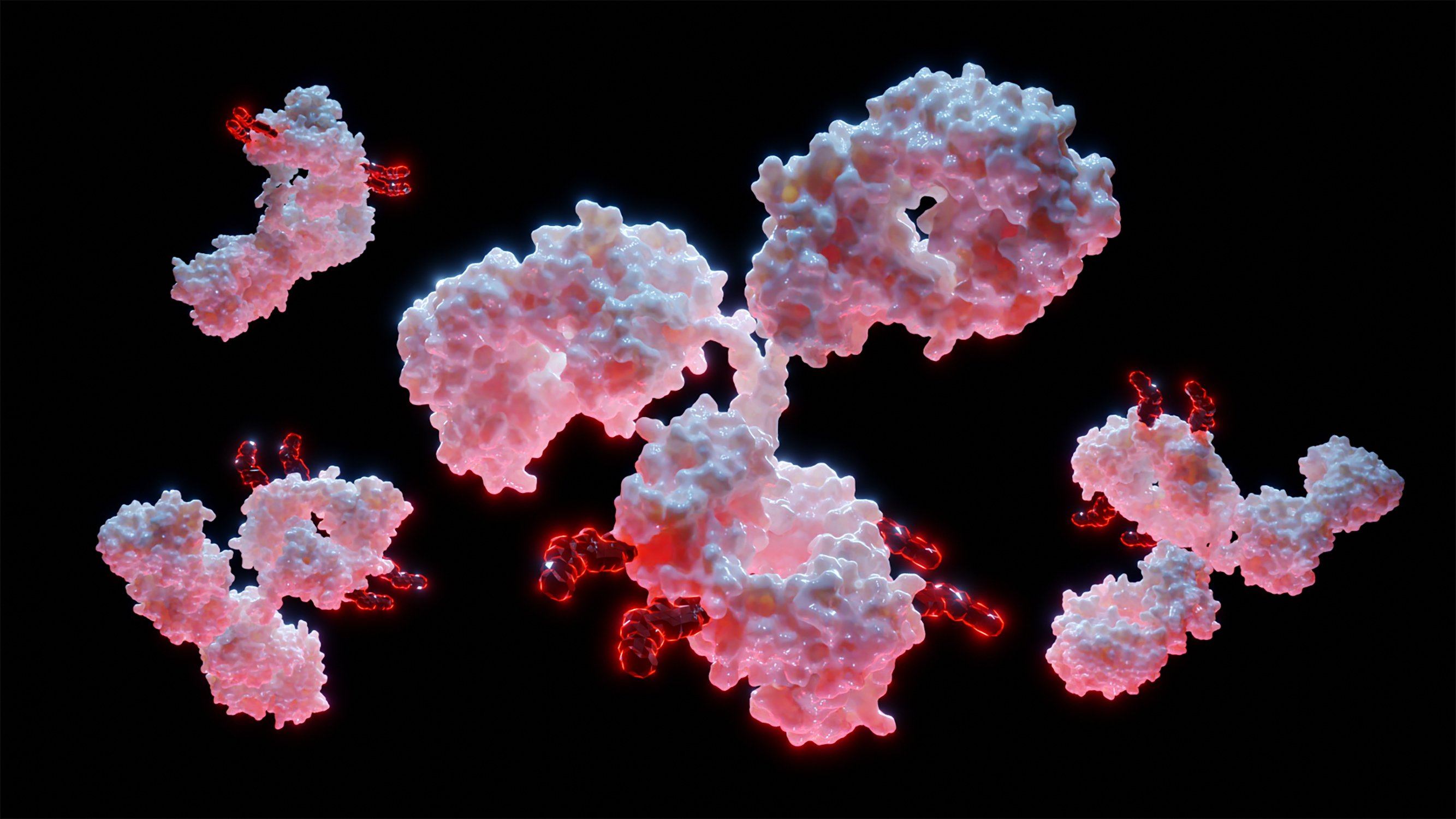


























![Israel drama and good news for the F-35: Paris Air Show Day 1 [Video]](https://breakingdefense.com/wp-content/uploads/sites/3/2025/06/IMG_1805-scaled-e1750092662883.jpg?#)
![[Updated] Sudden Deployment of Dozens of U.S. Air Force Tankers Raises Questions](https://theaviationist.com/wp-content/uploads/2025/03/Stratotanker100Years_2-e1750080240327.jpg)







































